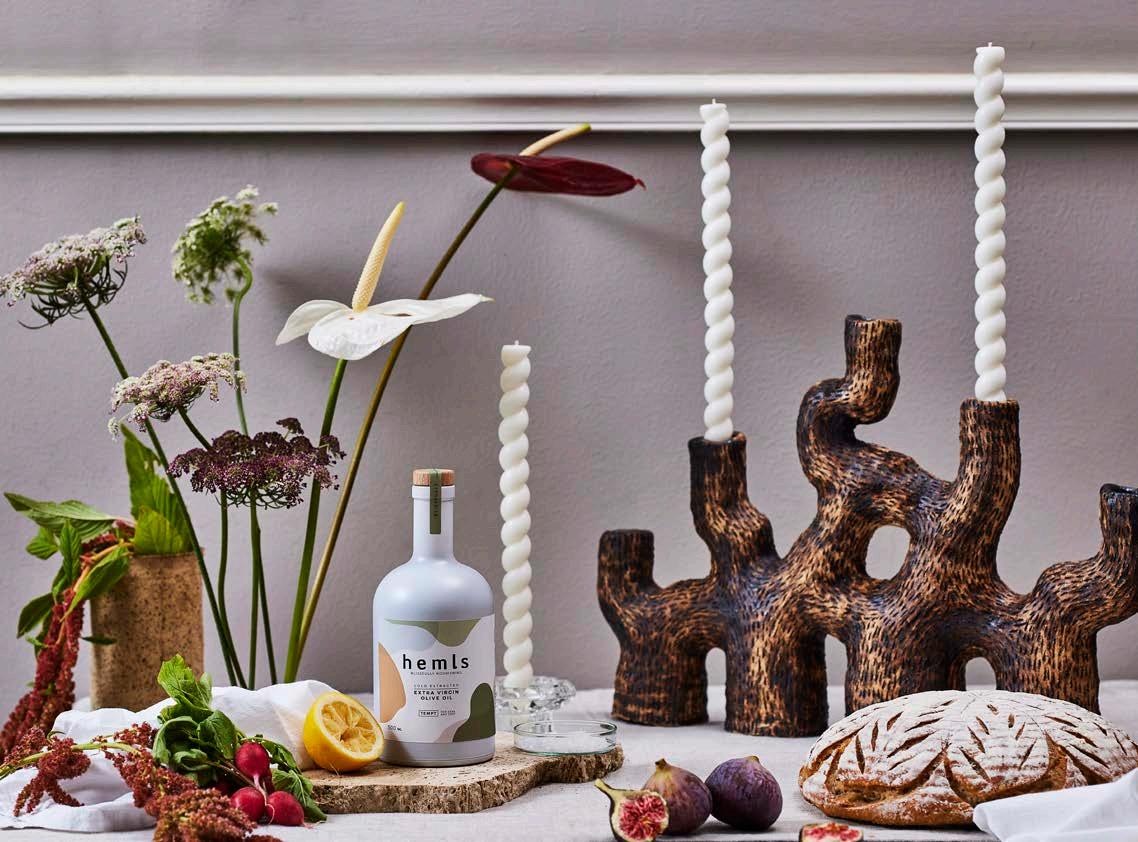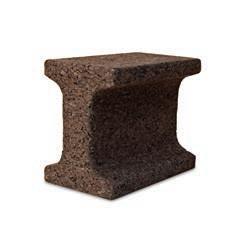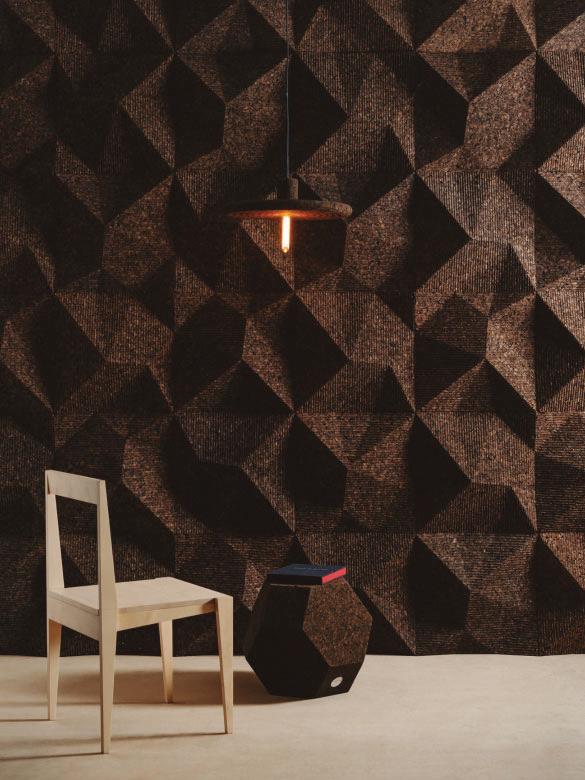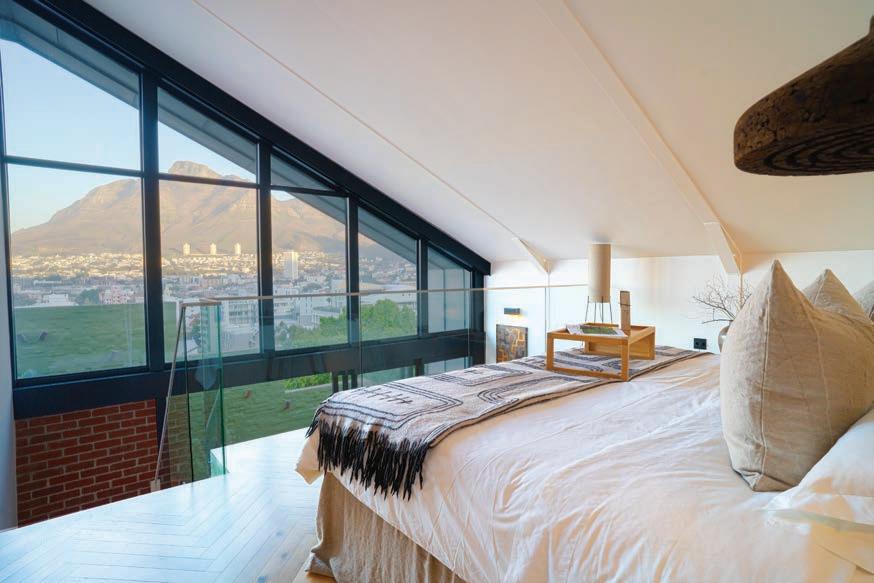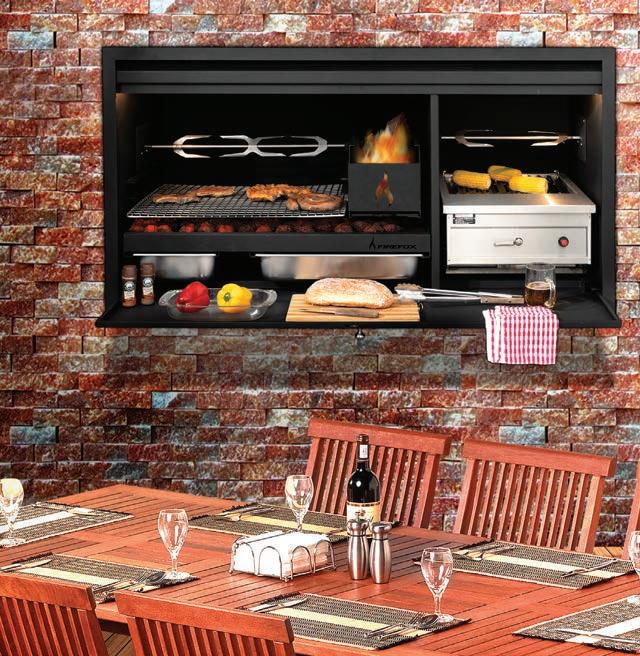
5 minute read
The Importance of being Ernst
Outside & In sits down with Jan Ernst, the multidisciplinary creative
who uses clay as his medium to create some of the most unique, relevant and distinctive ceramic pieces that interior designers, homeowners and SA’s decor enthusiasts have been coveting for some time now!
Q: Let’s start by asking, how did you get into ceramic design and sculptures? And why this medium?
If we had to go way back, one could say it started when I was a little boy growing up on a farm. I remember building houses and villages out of clay found in the garden. I was first introduced to ceramics in high school through my art classes. Before I completed my master’s in architecture, I attended the art school at Nelson Mandela University and was further exposed to the medium in my sculpture and 3D studies. I began working with Vorster and Braye Ceramics on a wine cellar as an architect, and was almost instantly hooked.
Clay has been the focus because I believe it is a material that has not been explored to its full potential in contemporary design. I am drawn to the organic nature of clay, its ability to connect the maker with nature, and how it can be shaped and manipulated.
Q: How long does each sculpture take to make?
Each piece is different and requires a different approach. Because the work keeps on growing in scale, it is difficult to build continuously. The integrity of the structure is determined by the wetness of the clay and that’s not something you can rush. The Womb Lamp takes about a week to build. After that, there is another 2 week air-drying period, and then it is ready for its first low firing. If it survives, it will go in for a high firing. The final step is wiring the lamp, packaging, and courier. It is safe to put a 6 week time frame on a design of that size.
Q: Do you think something as small as a sculpture can transform a space, like that of a living room? Where is the best spot for a 'Jan Ernst' piece?
Most certainly. With an increasing emphasis on sustainable design, interior designers focus on quality items with an impact, rather than multiple objects to fill the room. This means whatever you decide to put in your space, needs to have oomph.
A sculptural lamp, Candelabra, or Vessel can transform a space because it adds conversational value and volumetrically fills the room. It allows the space to breathe with a quieter backdrop and a focal point that intrigues.
I don’t think there is one specific room I would assign it to, but different designs fit better in different rooms. The Candelabra works very well on a server in a dining room, but a Vessel could go well in a kitchen or the lamp in a living room. I think the user needs to place it where the work feels at home.
Q: How do you draw on nature as your inspiration for your designs?
I find natural forms fascinating because it is so honest. It reflects growth, decay, and change, so there is a story of time passing. A great example is the rock formations in the Cederberg that are carved away by the winds to create monolithic sculptures.
I like to collect found objects wherever I go and bring them back to the studio to examine further. To me, it’s as important to understand the structures, form, and textural make-up as it is to visually admire it.
Q: You’ve recently done a collaboration with Vorster and Braye, what made you connect your brands?
The collaboration with Vorster and Braye happened very organically. Colin Braye is a phenomenal ceramicist that has an eye for detailing and precision. I chose to work with them because we have a very good mutual understanding.
"HIS ORGANIC DESIGNS STEM FROM HIS ABSTRACT UNDERSTANDING OF FORM AND SPACE AND ARE INFLUENCED BY HIS BACKGROUND IN ARCHITECTURE, HIS CONNECTION WITH THE NATURAL WORLD AND HIS SOUTH AFRICAN HERITAGE”

Jan Ernst De Wet
www.jan-ernst.com
@jan_ernst_ My approach to design and creating is conceptually driven, while Colin is a technical master. Working together on large-scale designs made sense because we had both good ideas and even better execution.
Q: Where can our readers view some of your products in South Africa?
I would recommend popping into the studio at 96 Long Street, in Cape Town. Because my work is collectable design, I prefer to deal with clients and designers directly. It allows me to talk about the work and build meaningful relationships.
Abroad the work can be viewed in Bordeaux through Artskop and in New York through Galerie Philia.
Q: You have a very muted colour palette, what makes you use predominantly earthy tones?
I prefer to work with clay in its natural form. It’s perhaps the architectural purist in me, but I find there is material honesty in that. This way emphasis remains on the sculptural qualities of the work and not intricate glazes. The earthy tones are a by-product of clay in its natural form but accommodate and enhance my organic inspired designs. A good example is the Veld Candelabra – it really couldn’t be anything else than terracotta / white stoneware. It’s a piece of the earth created by the earth.
Q: What can we expect next from you for the spring season and beyond?
As part of a collaboration with Merchants on Long, we are launching the Ocean Pop collection in mid-October. The body of collectible design is made up of Vessels, lamps and sculptural items.
I am currently working on a solo exhibition with Galerie Philia in New York. The first half of it will be a virtual exhibition that will be available on their website. A selection of the physical work will be exhibited in Paris in October.
In the new year, I will be exhibiting in Brussels at The Collectible Art Fair with Artskop showcasing a collection of different lamps.
Image source: Hemls
